Annotation
- Pimples and what follows them
- Home remedies to remove acne marks
- Cosmetology procedures for post-acne
- How to avoid acne marks
Acne spots on the face spoil the appearance no less than the inflammation itself. This is a fairly common problem that women and men can face at any age. Stagnant marks on the skin come in different shades (mostly red and brown) depending on the reason for their appearance.
Is it possible to get rid of these defects at home conditions and what does modern cosmetology offer to return the skin to a healthy appearance? We will try to give answers to these questions in this article. But first, we suggest you understand what post-acne is and why complex treatment is required to correct cosmetic imperfections.
Pimples and what follows them
Pimples on the forehead, cheeks and chin, blackheads on the nose and other areas of the face do not stain the skin. Due to increased sebum secretion and blockage of the sebaceous glands, inflammation appears on the skin. Acne is not just a problem of puberty - acne can form at any age.
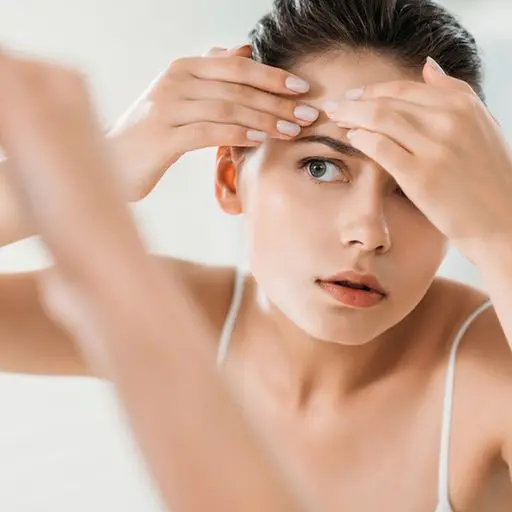
The main reasons include the following:
- genetic predisposition to acne;
- disruption of the endocrine system;
- problems with the gastrointestinal tract;
- frequent stress;
- negative impact of environmental factors;
- improper skin care, in particular the use of alkaline and alcohol-containing facial cleansers;
- unbalanced diet;
- smoking;
- steroid use.
Having noticed the first symptoms of anke in the mirror, many strive to get rid of them as quickly as possible - to squeeze out the pustules. And although cosmetologists strongly do not recommend doing this, it can be very difficult to resist. In most cases, the result is disastrous: instead of the expected clear skin, we get dark spots.
Some inflammations go away on their own, and this can take from several weeks to a year. Others last even longer, and to remove them, you have to resort to cosmetic procedures.
To refer to such skin defects in medicine, there is a term “post-acne”. This concept is used not only when it comes to erythema (redness or bluish discoloration in the place where acne was), but also with other local changes in the skin: scars, enlarged pores and capillaries, pigment spots.
Stagnate spots form for several reasons:
- Erythema occurs due to increased blood flow into the vessels and capillaries due to tissue injury when attempting to independently open acne and squeeze out the contents of ulcers.
- Dyschromia is post-traumatic pigment spots, the appearance of which on the skin is caused by exposure to damaged areas of ultraviolet radiation. On the skin in these places, when exposed to the sun, melanin is produced more actively, which leads to hyperpigmentation.
The likelihood of developing post-acne increases with regular squeezing of pimples, as well as with incorrectly selected products for the care of problematic facial skin.
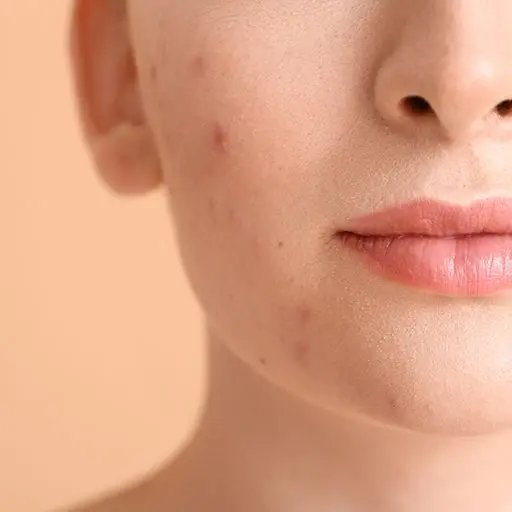
If acne treatment was started on time, and the inflammation itself is minimal, then redness and dark spots are more likely to disappear without a trace over time on their own or after using cosmeceuticals. If the rashes persist for longer than a year, with moderate to severe acne, there is a high risk of scarring. This problem is much more difficult to cope with, and home therapy alone is not enough.
There is no single treatment regimen for acne; the approach to developing therapy is individual in each case. You should not deal with the problem on your own; it is better to trust a professional cosmetologist or dermatologist in this matter.
The specialist will conduct an examination and prescribe a series of tests, the results of which will help determine the cause of acne. After this:
- cosmeceutical preparations for external treatment are selected, in severe cases a prescription for oral medications is written;
- a facial care program is being developed: products are selected for daily cleansing, moisturizing and nourishing the skin;
- cosmetic procedures are carried out to relieve inflammation, eliminate post-acne, whiten the skin;
- a diet is drawn up for the comprehensive health of the whole body.
It is important to understand that it will not be possible to quickly remove acne and get rid of post-acne. This process may take several months, but with a competent approach and choosing the right products, the effect will definitely please you.
Home remedies to remove acne marks
There are many folk recipes that are used to cleanse facial skin. Most of them involve applying various masks that can be prepared at home from simple ingredients.
One of the effective options for reducing inflammation and stimulating cell regeneration processes is blue and white clay. To create a mask based on it, you need to dilute the clay with water until smooth. You can add a little freshly squeezed lemon juice (citric acid will help remove dead skin cells and whiten the skin) and mix. The first layer of the mask is applied evenly over the entire face, and the second - locally on acne or post-acne. After 20 minutes, the mask is washed off with warm water. The procedure can be repeated 1-2 times a week for a month.
Honey is another product that is often used in cosmetology to moisturize, restore and nourish the skin. To remove red marks from acne, you can make masks with honey and cinnamon twice a week. The main thing is to make sure that you are not allergic to these components. The recipe is as follows: for two teaspoons of natural liquid honey, there is one teaspoon of cinnamon powder. To enhance the effect, the mixture can be slightly heated in a water bath. The mask is applied to irritated areas and washed off after 20 minutes.
A tomato-based brightening mask helps fight dark spots. Tomatoes contain many vitamins, minerals and antioxidants that promote cell renewal, reduce redness after acne, and natural acids work to cleanse and brighten the skin. To prepare the mask, you need to peel ripe red tomatoes (1-2 pieces) and puree. A couple drops of tea tree and jojoba essential oils complete the recipe. Or you can add a teaspoon of honey to the tomato puree. Apply the resulting mixture once a week to the face for 15 minutes, rinse with water.
Badyaga is often included in the list of folk methods for getting rid of hyperpigmentation. It is a natural substance obtained by drying freshwater sponges. The simplest mask recipe involves diluting badyagi powder with water in a one-to-one ratio. The resulting paste is applied, without rubbing, to the forehead, cheeks, nose, chin, avoiding the areas around the eyes and lips. After 15 minutes you need to wash it off. Badyagu can also be mixed with clay or honey. For a noticeable result, you will need to carry out about eight procedures once a week.
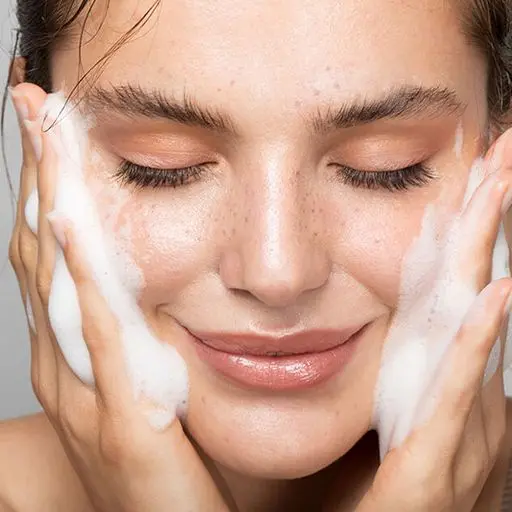
As for cosmetics, preference should be given to those preparations that contain:
- vitamin C;
- acids: kojic, glycolic, salicylic, azelaic, mandelic, AHA/BHA/ PHA;
- vitamin B3 (naicinamide);
- retinoids;
- arbutin;
- zinc. It is important that care is selected individually, in accordance with the characteristics of your skin type.
Cosmetology procedures for post-acne
Modern salon procedures allow you to successfully remove stagnant spots. Among them:
- phototherapy - used for both erythema and hyperpigmentation;
- laser resurfacing is the most effective for removing scars;
- superficial and medium chemical peels;
- mechanical peeling;
- mesotherapy, plasma lifting, biorevitalization and other related procedures that help launch skin regeneration processes.
At the same time, to obtain a lasting effect, aesthetic procedures are carried out in combination with home care and a balanced diet.
How to avoid acne marks
It is much easier to prevent the appearance of stagnant stains than to try to get rid of them later. For prevention, it is worth including sunscreen (at least SPF 30) in your daily care program.
Regular (1-2 times a week) masks and delicate peelings will also help to remove the stratum corneum of the skin, thereby evening out the tone and texture of the dermis. However, if you have frequent acne outbreaks, you should refrain from aggressive scrubs, which can aggravate the problem.
Do not squeeze pimples or blackheads under any circumstances! This not only injures the epidermis, but also carries a risk of infection.
During daily care, you need to follow all the basic steps: cleansing, toning, moisturizing. Products should be selected in such a way that their components work to strengthen the protective properties of the skin and restore its microbiome.
And, of course, do not underestimate the benefits of a healthy lifestyle and proper nutrition.


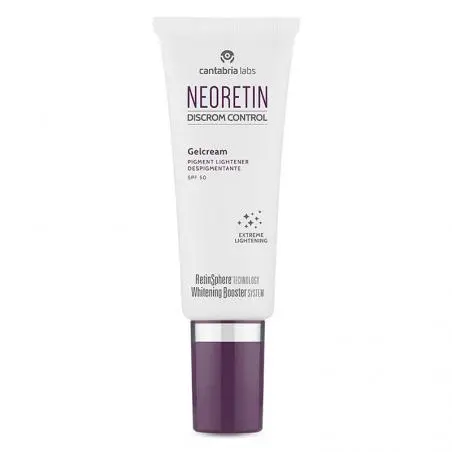
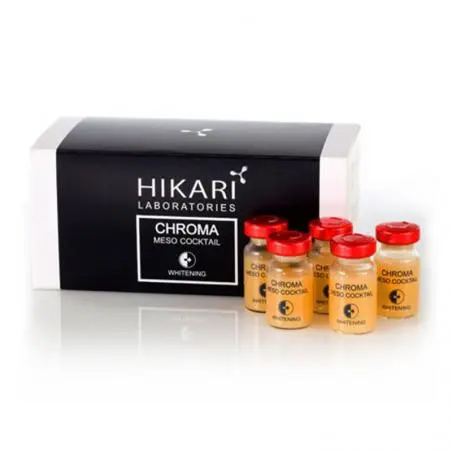
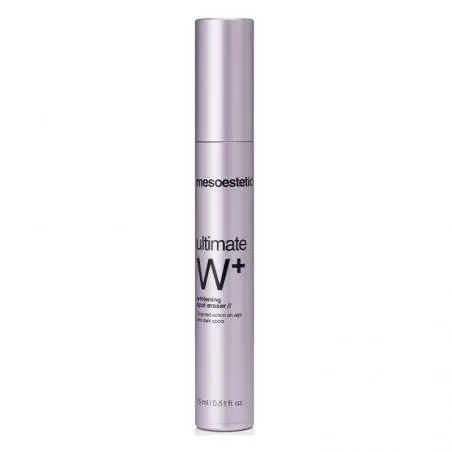

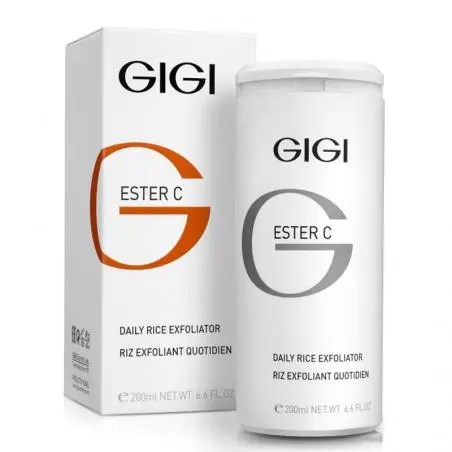

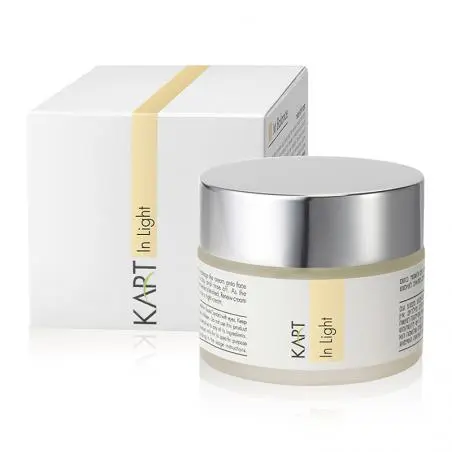
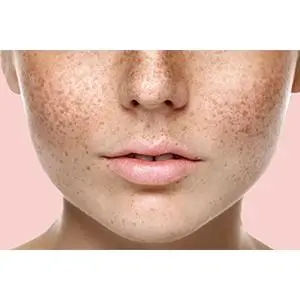
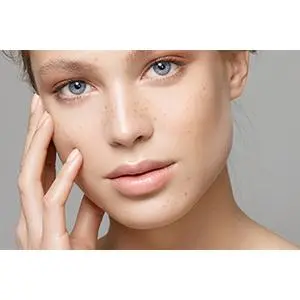
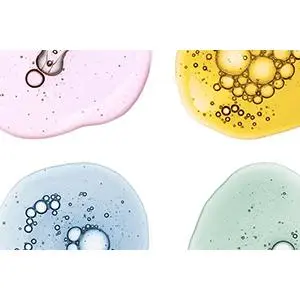

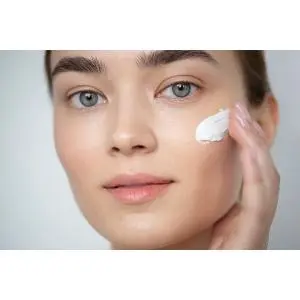
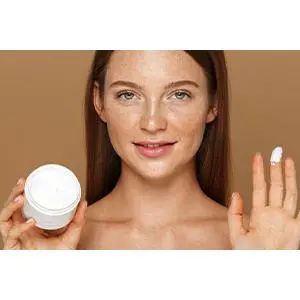
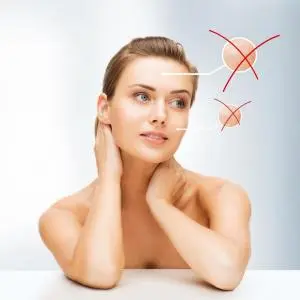

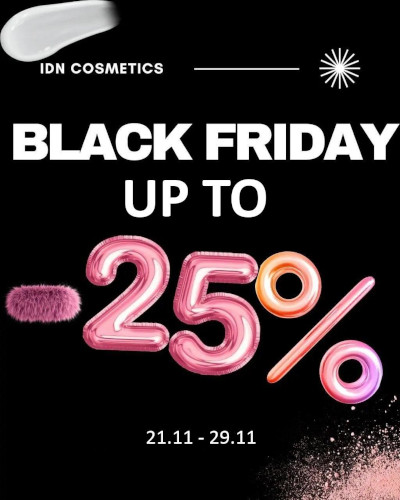
Comments
Leave your comment